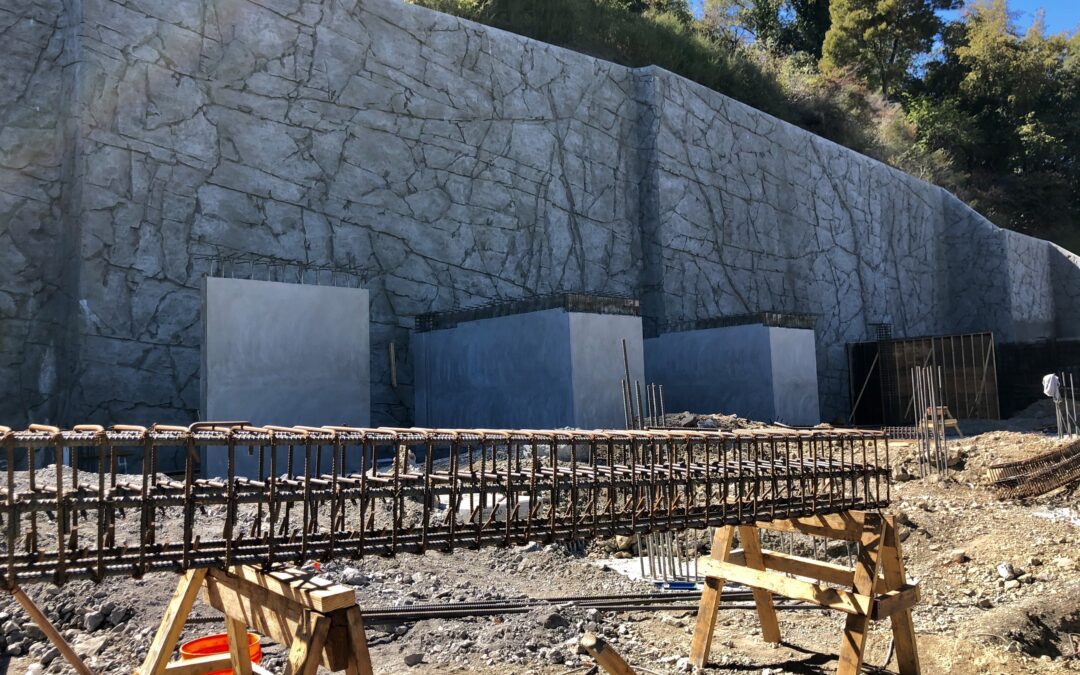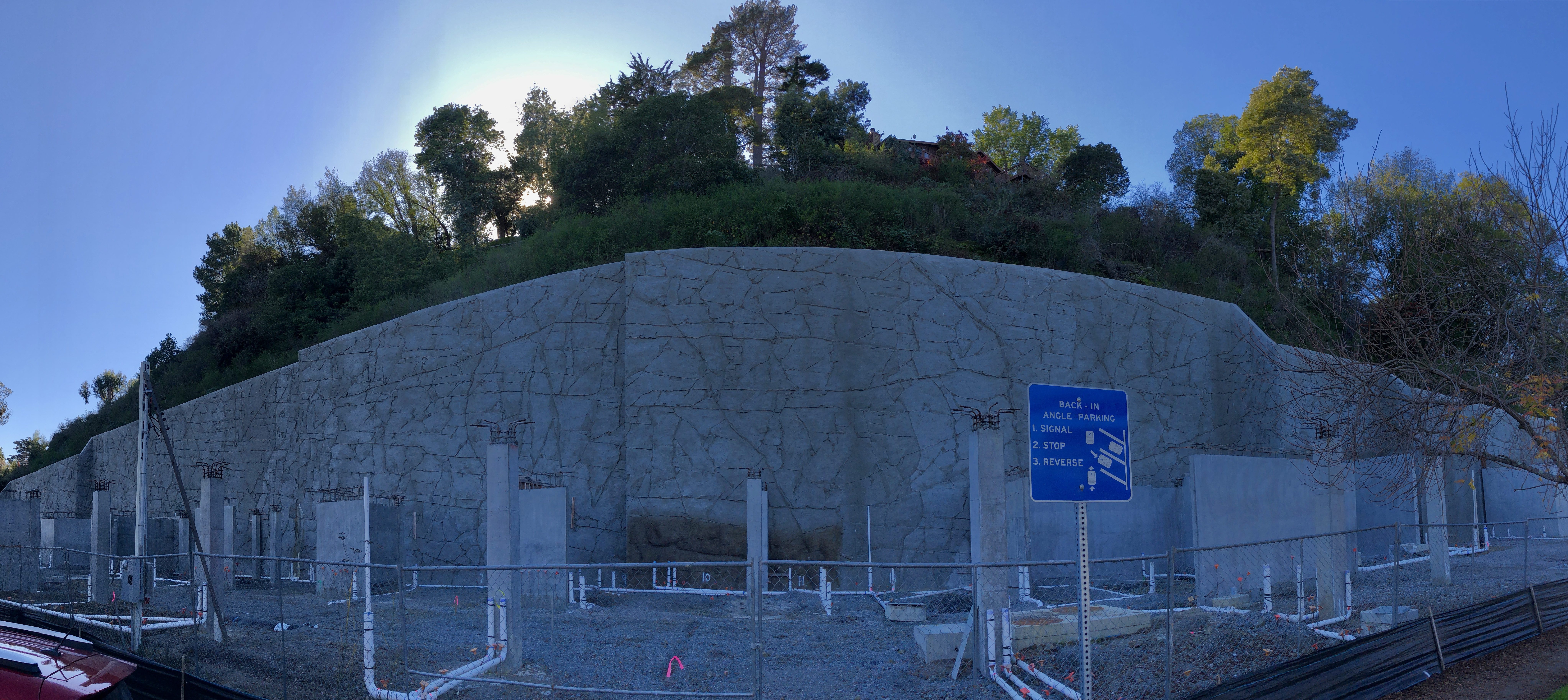The City of Mill Valley earlier this year joined just about every municipality in Marin to appeal the Association of Bay Area Governments’ (ABAG) Regional Housing Needs Allocation that requires the city to zone and plan for – but not necessarily build – a jaw-dropping 865 units in the 2023-2031 cycle, a massive uptick from 129 units in the 2014-2022 cycle. The appeal, like those of just about every municipality that filed one, was rejected.
But at a 2023-2031 Housing Element workshop last week – its second in recent months – city officials made it clear that they are dead serious about pulling every lever possible to create the conditions that would significantly expand on the approximately 6,670 current housing units and support the amount of additional housing for which they’re on the hook, according to ABAG. That long-term, comprehensive goal would go well beyond its plans to repurpose a portion of City-owned land at 1 Hamilton Drive into workforce housing in collaboration with EAH Housing.
The City’s resolve comes despite myriad concerns about how Mill Valley can accommodate such a massive spike in housing units in town given serious limitations around wildfire safety, land use capacity, infrastructure and community support.
“The goal is to house the whole community,” said Kendall Flint, a consultant with DKS Associates, who is among those guiding the city through the Housing Element process. The ABAG allocation calls for the city to create the conditions to accommodate 262 very-low-income homes, 151 low-income homes, 126 moderate-income homes and 326 above-moderate-income homes.
The road ahead could span myriad housing types, including ADUs, or “accessory dwelling units” also known as granny or in-law apartments, that have proliferated in Mill Valley for years and now encompass as many as 550 units, with city estimates projecting approval of as many as 128 new units during the 2023-2031 planning period.
It also includes a sea change that could follow the Jan. 1, 2022 implementation of SB9, which allows property owners to split a single-family lot into two lots, which could lead to up to four residences on properties currently limited to one house and an accessory apartment.
“I don’t think we can use SB9 as the golden ticket to get out of the site analysis and inventory,” City of Mill Valley Senior Planner Danielle Staude said.
Capacity Analysis
At the city’s second workshop this month on the Housing Element, a long-term, state-mandated deep dive into the future of housing in our community, city officials conducted a comprehensive “capacity analysis” of possible locations for additional housing, including “pending units” that have entitlements but haven’t yet been built and those related to projects with building permits issued after June 2022; “projected ADUs” based on the ongoing ADU trend; and “sites with additional capacity.”
That final category could include the property containing Safeway at Camino Alto and Miller Ave., the lower East Blithedale corridor around the Alto Plaza shopping center and the Blithedale property that contains Pharmaca. It could also include the properties that extend the length of the west side of the frontage road near Piatti and Goodman Building Supply and the broad array of properties up and down Miller Avenue, which has blossomed since the completion of the Miller Avenue Streetscape Project in 2018 but is home to a plethora of older buildings in varying states of transition that could be subject to renovation and expansion.
Each of these prospective sites have not yet been explored fully enough to determine whether redevelopment is feasible, and in the case of the properties up and down the Miller Avenue corridor, whether they exist within FEMA’s floodway.
“We first want to hit the parcels that we know are of importance and can accommodate the zoning,” Staude said, who noted that there are some city-owned parcels “that we just can’t shake loose,” meaning that they present significant development hurdles. For instance, the commuter parking lot on Miller Avenue across from Whole Foods Market sits within a designated FEMA floodway, vastly reducing development potential, as well as the widely discussed Edgewood Reservoir property, which is tied to a covenant that requires it to remain open space, Staude said.
Legislative Deluge
While city officials have remained focused on meeting its RHNA numbers, they’ve also expressed frustration with the state legislature’s continued efforts to churn out new housing policy before the previous year’s policies have been fully digested and implemented. That sentiment was expressed widely at a recent housing workshop hosted by the Coalition of Sensible Taxpayers (CO$T).
Mayor John McCauley has amplified that message in recent weeks. In a hearing to amend the city’s ADU program to comply with new state mandates, he lambasted State Senator Mike McGuire over his claim at the CO$T event that Mill Valley could deed restrict some housing for low-income families, given the city’s focus on creating as much low- to middle-income housing as possible in a city whose average home price is as high as $1.9 million.
“The state has been doing so much, so quickly that they don’t know what the hell they are doing,” McCauley said. “We dumped our ADU efforts because we were told we couldn’t deed restrict. Now McGuire says we can. I challenge you to tell us you definitively state that we can deed restrict. The staff says check with Housing and Community Development – they won’t tell us.”
Maintaining Control
“Timing and community support are important – we are trying to maintain as much local control as we can when we can,” Staude said. “We need to figure out what we can accept in terms of accepting these (RHNA) numbers as a community and do so quickly to maintain that discretionary control over the process.”
City officials have expressed an openness to rezoning some properties from single-family to multi-family or commercial, Staude said. Rezoning would require the city to show “substantial evidence” for the need to take such a step, as well as a review of the environmental constraints on certain properties, as many of those lots are adjacent to wetland areas.
City officials said they can work towards a larger process of removal of conditional use permits along the commercial corridor in places like Miller Avenue to allow for more, or even 100 percent, residential buildings to allow more units on existing sites. “We’ll be looking at parking and height standards too,” Staude said.
Why the Massive RHNA Spike?
Mill Valley was in the midst of a recession during its previous Housing Element, and the RHNA data is pegged to economic conditions and population growth. But the new state laws require the RHNA process to accommodate the housing that was not constructed in the previous cycle, which is why the numbers ballooned from 129 units in the prior cycle to 865 in the new one.
“We don’t have a crystal ball about how the laws will change in years going forward and what the methodology will be, but it’s not necessarily just a straight line upward from here,” planning consultant Veronica Tam told Housing Element workshop attendees.
But Tam poured cold water on the likelihood of success for cities hoping to make the case that the city’s limitations around land use capacity, water, infrastructure, community support and the amount of housing within areas adjacent to the wildland urban interface (WUI) that are more vulnerable to fire.
“The state says if you don’t have water, you still have to do your planning and your zoning and your mitigating strategies to access more water in the future,” Tam said. “It does not get you out of accommodating the RHNA.”
Flint has encouraged city officials to engage with the state’s Housing and Community Development department to educate them about the unique character of the Mill Valley community and show them why and how Mill Valley is different than, for instance, Santa Rosa or other communities.
A Reminder
“There is no scenario in which the city or state forces the owner of a property to build something or do eminent domain,” Flint added.


